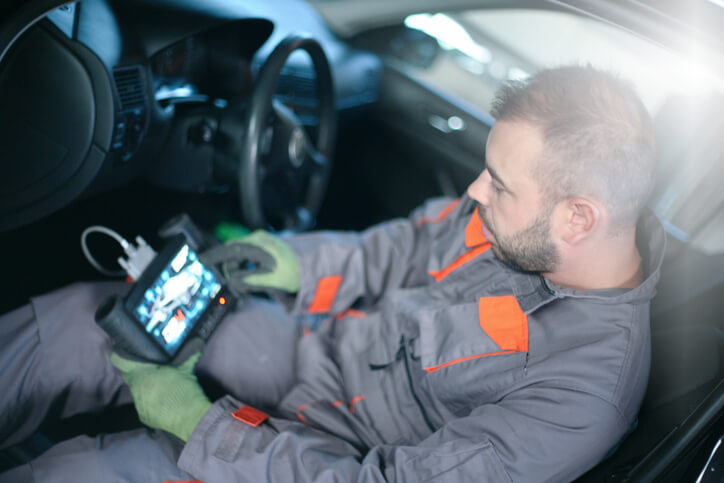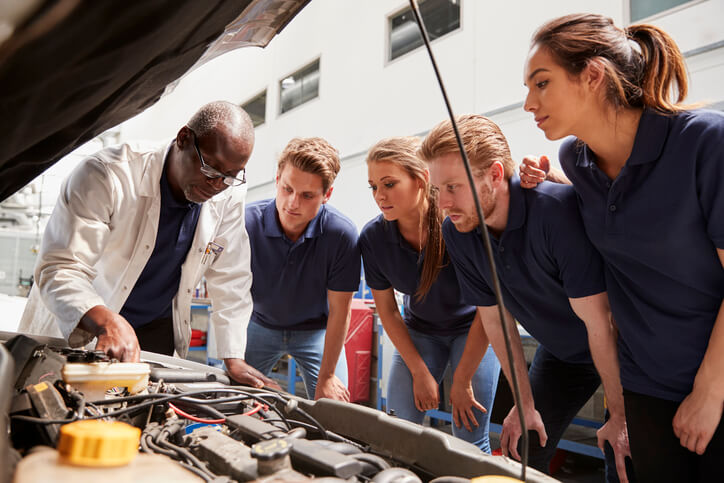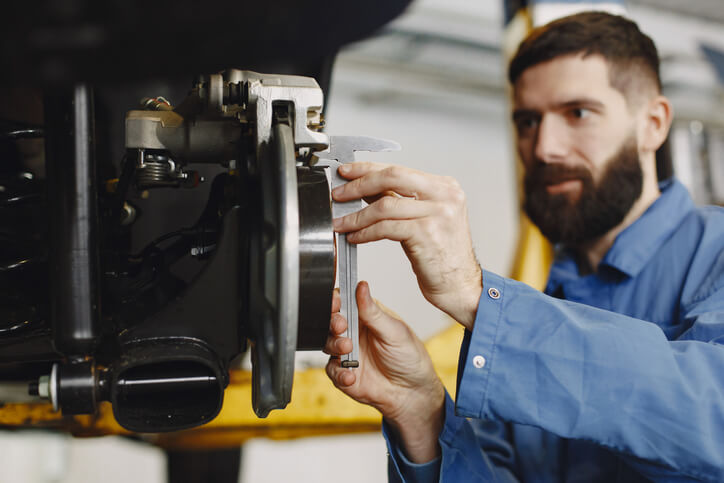EV-Ready Auto Mechanic Training Grads: Understanding Regenerative Braking Wear Patterns
The automotive landscape is shifting fast, and so is the job of auto mechanic training. One of the key areas where this shift is most visible is in how electric vehicles (EVs) handle braking. Unlike traditional vehicles, EVs rely heavily on regenerative braking systems, which drastically change how brake wear should be interpreted, diagnosed, and repaired.
If you’re enrolled in or considering automotive school at a reputable institution like ATC Toronto, understanding this new normal is essential.
What Is Regenerative Braking?
Regenerative braking is a system that converts kinetic energy into electrical energy during deceleration. Instead of relying solely on friction between brake pads and rotors, an EV’s electric motor reverses direction and functions as a generator to slow the car while charging the battery.
This process dramatically reduces the use of conventional brake components. But don’t be fooled, brake maintenance in EVs is still critical, just in a different way.
Less Wear Doesn’t Mean No Wear
One common misconception among new techs is that regenerative braking eliminates brake wear. In reality, the brake pads and rotors in EVs still require inspection and maintenance, especially because they’re used less often. When conventional brakes are rarely engaged, they are more prone to:
- Corrosion: Moisture and environmental exposure can rust pads and rotors that don’t heat up regularly through friction.
- Uneven wear: The limited engagement of traditional brakes leads to unexpected or uneven wear patterns, complicating diagnostics.
- Brake fade risks: In situations requiring sudden deceleration, relying on friction brakes that haven’t been used regularly may reduce performance.
Why This Matters in Auto Mechanic Training
Students at an accredited auto mechanic school must not only understand conventional brake wear but also how EVs shift that paradigm. At ATC Toronto, you’ll get hands-on training with real EV platforms to master the dual-braking systems and learn how to:
- Inspect for rotor rust or glazing
- Identify wear patterns unique to low-friction use
- Test for brake pad material deterioration due to age rather than mileage
- Calibrate electronic brake systems integrated with onboard diagnostics
This is just one of the ways ATC prepares you for the real-world demands of hybrid and electric vehicle maintenance.

Your Role as a Future EV Technician
As more Canadians embrace electric mobility, the demand for skilled technicians who understand regenerative braking will skyrocket. EV systems are digital-heavy, meaning your role will go beyond wrench-turning; you’ll need to master onboard diagnostics, software-based brake adjustments, and electronic sensor interpretation.
Whether you’re planning to work in a dealership, a fleet maintenance shop, or open your own garage, knowing the intricacies of regenerative braking will set you apart from traditional mechanics.
Auto Mechanic Training at ATC Toronto Prepares You for the EV Future
ATC Toronto’s auto mechanic training covers more than just basic vehicle mechanics. It dives deep into diagnostics, braking systems, and emerging technologies shaping the industry. As part of the school’s forward-thinking approach, EV service techniques, like regenerative brake maintenance, are woven into hands-on learning experiences.

When you graduate, you won’t just be certified; you’ll be ready for today’s shops and tomorrow’s innovations.
EVs are changing how vehicles stop and how technicians should think about maintenance. With regenerative braking becoming a standard feature, especially in hybrid and electric vehicles, understanding wear patterns is essential. Enrolling in a certified auto mechanic school like ATC Toronto equips you with both the tools and the knowledge to stay ahead of the curve.
Would you like to explore ATC Toronto courses?
Contact us for more information.


